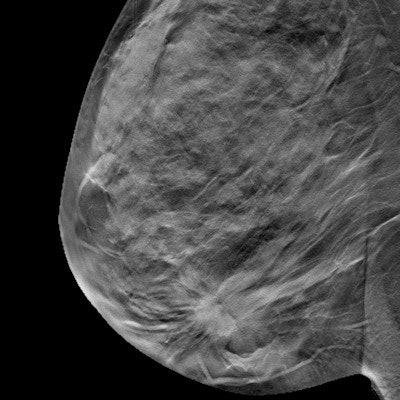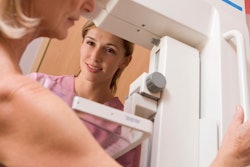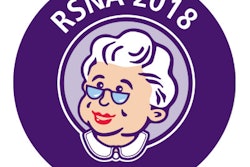
Could digital breast tomosynthesis (DBT) tip the balance in favor of mammography screening for women in their 40s by increasing screening's benefits (cancer detection) and reducing its harms (recalls and false positives)? That's exactly what's proposed in a study published August 20 in Breast Cancer Research and Treatment.
Researchers from Massachusetts General Hospital and Memorial Sloan Kettering Cancer Center found that widespread implementation of DBT could reduce recall rates enough to justify screening women in their 40s. Under current guidelines from the U.S. Preventive Services Task Force (USPSTF), screening is recommended biennially for women between the ages of 50 and 74, based on the group's analysis of its benefits and harms.
The USPSTF's recommendation, however, is based on studies performed with mammography equipment from the 1970s. What if something newer and better came along -- namely, DBT -- that changed the equation?
"During ongoing controversies about mammography screening, many investigators have stated that performance improvements in screening mammography may mitigate concerns about harms," wrote the team led by Dr. Anand Narayan. "However, there have been few attempts to quantify performance improvements required to recommend mammography screening."
To assess the benefits of routine screening mammography (defined as breast cancer deaths avoided), Narayan and colleagues used data from published USPSTF analyses. To assess screening mammography's potential harms (defined as 10-year cumulative probability of at least one false positive), they used data from the Breast Cancer Surveillance Consortium (BCSC).
The researchers identified the USPSTF's benefit-harm ratio that justifies biennial screening starting at age 50. They then estimated the reductions in false positives that would be required to support more frequent screening, as well as screening for women younger than 50.
According to the USPSTF, routine screening mammography in women 40 to 49 averts three breast cancer deaths per 10,000 women screened; screening in women 50 to 59 averts eight breast cancer deaths per 10,000. According to the BCSC, the 10-year cumulative false-positive rate for women 50 to 59 and women 40 to 49 undergoing biennial screening is 42%; this measure is 61.3% for annual screening in both age groups.
| Harms and benefits of mammography screening | |||||
| Age of women | Deaths prevented per No. of women screened | Biennial screening | Annual screening | ||
| False-positive rate | Deaths prevented per No. of false positives | False-positive rate | Deaths prevented per No. of false positives | ||
| 40-49 | 3 per 10,000 | 42% | 1 per 1,387 | 61.3% | 1 per 2,043 |
| 50-59 | 8 per 10,000 | 42% | 1 per 525* | 61.3% | 1 per 766 |
Based on these data, one breast cancer death for every 525 false positives in women 50 to 59 is the USPSTF's threshold for recommending routine screening mammography, Narayan and colleagues noted. To justify annual routine screening, false positives would have to be reduced by 31.5% for women in their 50s and by 74.3% for women in their 40s.
"These types of reductions in false-positive proportions may be achievable with modern mammography technology and improved interpretive skills by specialized radiologists," the group wrote.
Reducing false positives by 31% to 74% at the current estimated U.S. recall rate of about 12% would result in mean recall rates of 3% to 8%. Recall rates could also be reduced by technology advances -- particularly tomosynthesis, according to Narayan and colleagues: DBT has been shown to reduce false-positive rates by 15% to 30%.
The equation gets even better when you take into account DBT's ability to improve cancer detection by nearly 30%, as some studies have found. This combination could significantly mitigate concerns about the harms of false positives, as well as the share of invasive cancers detected versus ductal carcinoma in situ (DCIS), the researchers concluded.
"Modern mammography technology that reduces false positives, increases cancer detection, and shifts cancers diagnosed from DCIS to invasive cancers may support more effective screening programs for a larger population of women," they concluded.



















